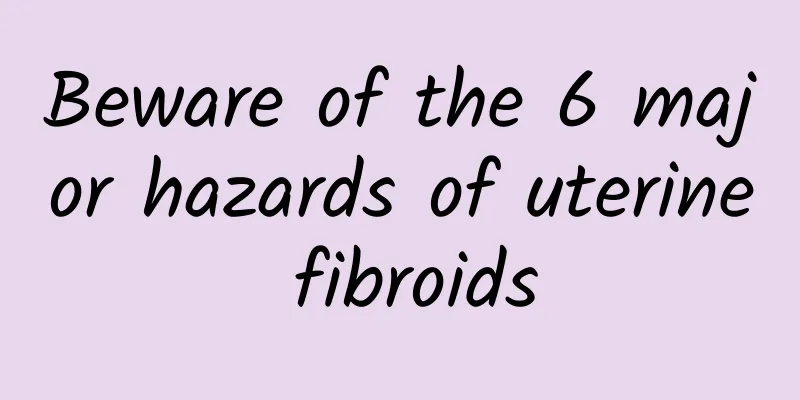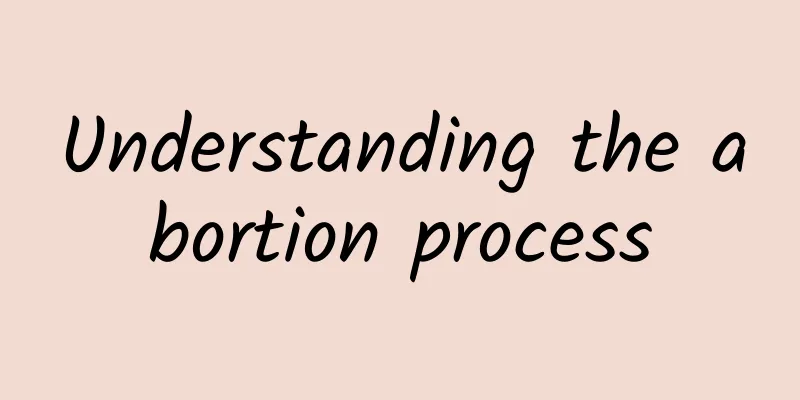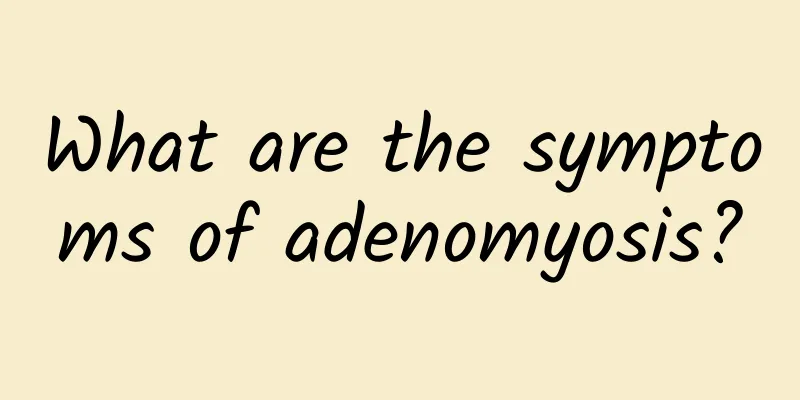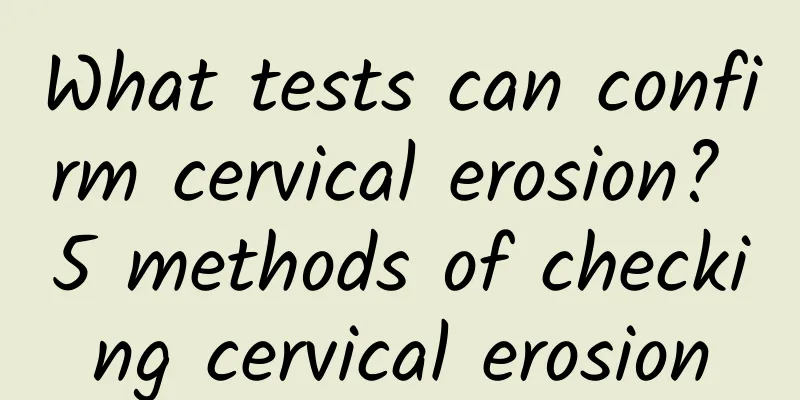What should women do if they have uterine fibroids? What are the symptoms of uterine fibroids in women?

|
Uterine fibroids, also known as uterine leiomyoma, are the most common benign fibroids in the female genitalia. Generally, there are no obvious symptoms, and a few may present with vaginal bleeding, abdominal tumors, and compression symptoms. If the pedicle is twisted or other conditions occur, it will cause pain. It is common in multiple uterine fibroids. Uterine fibroids have the following symptoms. Most patients have no obvious symptoms and are only occasionally found during pelvic examinations. If symptoms occur, they are closely related to the location, growth rate and degeneration of the fibroids. 1. Menstrual changes: The most common symptoms are shortened menstrual cycle, increased menstrual volume, prolonged menstruation, irregular vaginal bleeding, etc. 2. Abdominal mass: abdominal distension, swelling in the lower abdomen, accompanied by a feeling of falling. 3. Increased vaginal discharge: Increased vaginal discharge, sometimes with a large amount of purulent and bloody discharge and necrotic tissue discharge with a foul odor. 4. Pain: Generally, patients do not have abdominal pain, but often have lower abdominal swelling, back pain, etc. When the subserosal fibroid pedicle of uterine fibroids is twisted, acute abdominal pain and redness of the fibroids may occur, with severe abdominal pain and fever. 5. Compression symptoms: When the fibroid grows forward or backward, it can compress the bladder, urethra or rectum, causing frequent urination, dysuria, urinary retention or constipation. When the fibroid grows to both sides, it will form a broad ligament fibroid, compressing the ureter or hydronephrosis; if it compresses the pelvic blood vessels and lymphatic vessels, it will cause lower limb edema. 6. Infertility: Fibroids compress the fallopian tubes and cause them to twist, or deform the uterine cavity, hindering the implantation of the fertilized egg and leading to infertility. 7. Secondary anemia: If the patient has excessive menstruation for a long time, it may lead to secondary anemia, with symptoms such as general fatigue, pale complexion, shortness of breath, and palpitations. 8. Hypoglycemia: Hypoglycemia with uterine fibroids is also rare. The main symptoms are low fasting blood sugar, loss of consciousness, shock, and the symptoms completely disappear after glucose injection. After tumor resection, the symptoms of hypoglycemia completely disappear. It is recommended to check as soon as possible. Finally, I wish all female friends to pay more attention to their health, have a healthy mind and a happy life. |
>>: What are the symptoms of uterine fibroids? How are uterine fibroids treated?
Recommend
Diagnosis of Pituitary Amenorrhea
Organic lesions or functional disorders of the pi...
Donate rice! Weight loss class successfully lost weight and donated to charity
Lose weight and donate rice for charity! The weig...
Losing weight only makes your belly fatter, not your breasts smaller! Yam, soy milk, 5 foods to protect your career line
Losing weight is a goal that many women aspire to...
What are the symptoms of premenopause in women?
What are the symptoms of menopause for female fri...
Eat more fruits and vegetables to lose weight. Is it the right way to eat fruits? Which fruit should you choose, high GI or low GI?
Most people know that if you want to lose weight,...
How much does it cost to cure functional uterine bleeding?
Dysfunctional uterine bleeding is a common diseas...
Can cervical erosion occur even without sexual intercourse? What are the types of cervical erosion?
"Cervical erosion" can also occur witho...
How to use medicine for pelvic inflammatory disease
How to use medicine for pelvic inflammatory disea...
Explain the important diagnostic basis of vulvar leukoplakia
Clinically, the diagnosis of vulvar leukoplakia i...
3 moves to get rid of butterfly sleeves after the New Year
The Chinese New Year is a time for families to re...
What anti-inflammatory drugs are good to take after abortion? Do I need to receive intravenous drip for 3 days after abortion?
Abortion is a common gynecological surgery, but p...
Abortion surgery is better
There are many methods of abortion, depending on ...
Which hospitals in China are the best for treating menopause?
Menopause is a common gynecological disease that ...
What pre-pregnancy examinations should be done and which department should be consulted when preparing for pregnancy after missed abortion?
Before preparing for pregnancy again after a miss...
How is miscarriage diagnosed?
Advertisements for infertility hospitals are ofte...









